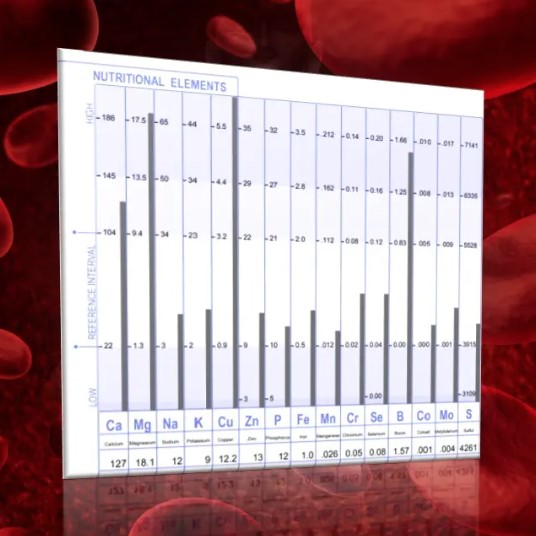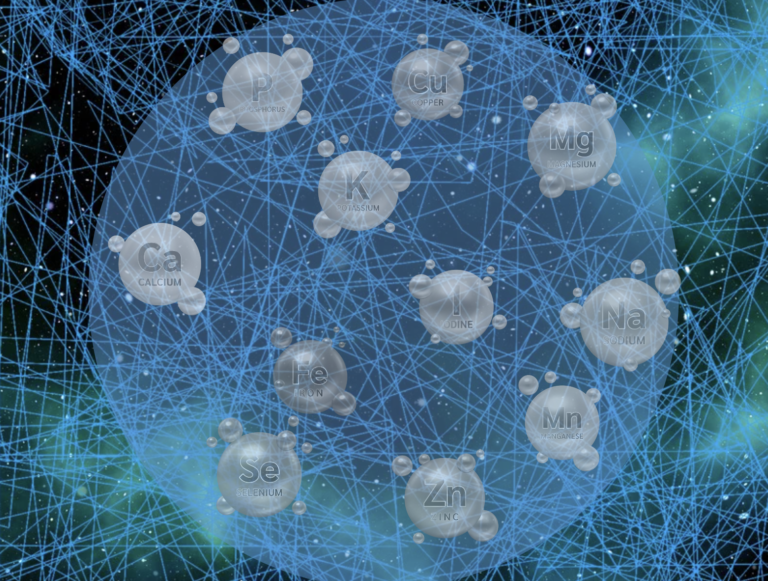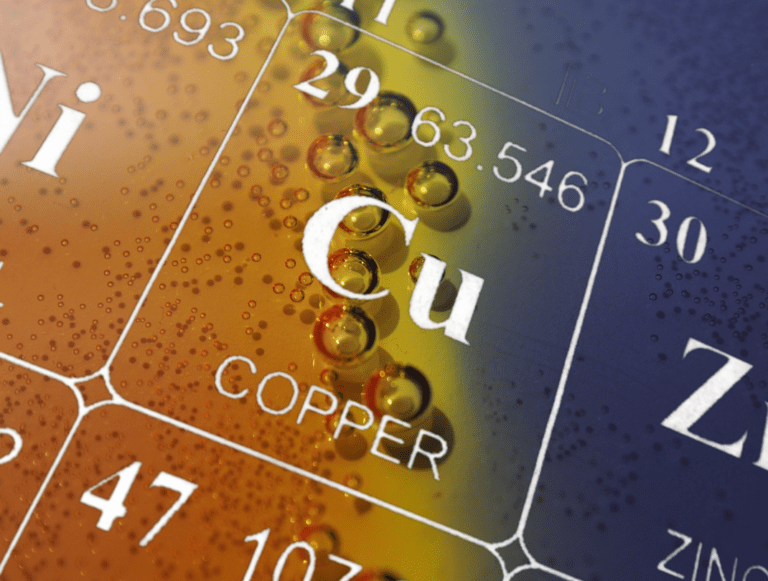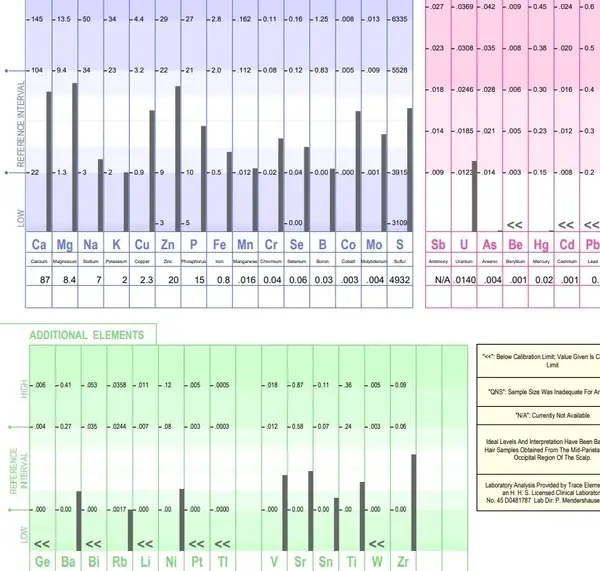Just as important as individual mineral levels in an HTMA are the ratios between certain minerals. Over decades of research and thousands of cases, insights into certain conditions can be clearly seen by the extent of certain mineral ratio. It’s important that any level (whether a mineral in isolation, or a ratio between minerals) be looked at by a professional who can evaluate your results on a personalized basis. In other words, sometimes contamination, or cellular loss patterns, can affect a mineral level / ratio, throwing off the validity of the ratio. This is where one needs to be asking the right questions in order to understand the HTMA results in proper context. What that being, some of the key ratios are:
Metabolic Type Ratio (Ca/P)
The ideal Calcium to Phosphorus ratio is 2.6:1. Above 2.6 represents a slow metabolizer experiencing stages of stress burnout and a slowing of the adrenals and thyroid. The slow metabolizer is typically fatigued due to impaired conversion of nutrients into energy. Below 2.6 represents a fast metabolizer experiencing intense stress and a tendency for magnesium & calcium loss. The fast metabolizer is burning their fuel too quickly and running themselves out of energy. Too high a calcium level slows metabolism. Looking at this ratio you’ll see your metabolic type… this in turn helps determine what type of diet can be most optimal for you. (Example, a slow metabolizer should generally consume lower amounts of fat and calcium as both will further slow metabolism further).
Stress Ratio (Na/K)
The ideal Sodium to Potassium ratio is 2.4:1. The higher this number, the more intense the person’s stress response, and with it, a tendency for negative psychological and ‘short fuse’ reactions, fight or flight, and anger. The higher the number, the more likely the patient is also losing magnesium. Vitamin D supplementation may increase this ratio by lowering the Potassium level. In other words, a person with a high Na/K ratio should generally not be taking Vitamin D, especially at high dose). A low ratio on the other hand can be a reflection of adrenal burnout and exhaustion, and at very low levels can increase the risk for heart attack and cancer and, similar to a high ratio, also lead toward liver / kidney disorders. The balancing of this ratio is essential, especially for anyone dealing with copper toxicity who, at high levels of copper or copper mobilization through detox, is greatly affected by the negative psychological aspects of a high Na/K which create reflex ‘short fuse’ reactions that bypass higher cortical intellect functions. This key ratio therefore shows the intensity of stress, the corresponding psychological stress reactions that a person may experience, as well as the propensity for magnesium loss.
Thyroid Ratio (Ca/K)
The ideal Calcium to Potassium ratio is 4.2:1. Both calcium and potassium play an important role in thyroid activity. As calcium slows the thyroid and potassium speeds it up, a high ratio of calcium indicates an underactive thyroid (or more commonly, hypothyroid “expression” even if clinical lab markers are okay. A low Ca/K ratio suggests an overactive thyroid. Even when a standard thyroid blood panel comes back showing everything “within range”, often the HTMA may suggest otherwise with the thyroid. In such a case, clinically the thyroid may be fine, but the downstream effect of thyroid hormone at the cellular level may contribute to the expression of hypothyroid which can help explain presenting symptoms. Thyroid issues can often be seen through HTMA long before they might ever show up in blood.
Adrenal Ratio (Na/Mg)
The ideal Sodium to Magnesium ratio is 4:1. Sodium levels are associated with adrenal function. A higher ratio represents hyper-adrenal activity (with symptoms including inflammation, aggressiveness, impulsiveness, diabetes, hypertension, Type A personality), while a low ratio represents adrenal insufficiency (leading to fatigue, depression, hypoglycemia, and poor digestion). HTMA provides excellent indicators that show if a person is hyper-adrenal or hypo-adrenal, and how exhausted / burned out they may be.
Hormone & Energy Ratio (Zn/Cu)
The ideal Zinc to Copper ratio is 8:1. A higher level of zinc generally reflects progesterone dominance and copper deficiency (with symptoms that may include anemia, arthritis, neurological disorders, cardiovascular disorders, amenorrhea, and more). A higher level of copper on the other hand indicates copper toxicity and estrogen dominance with symptoms which may include skin problems (such acne, psoriasis, eczema), emotional instability, “spaciness”, detached behaviour, schizophrenia, PMS, reproductive problems, prostatitis, menstrual difficulties including amenorrhea, diminished feelings, depression and fatigue. (It’s important to note that this ratio can often be misleading when elevated zinc is representing a loss and excess copper is “hidden”. This underscores why the bigger picture needs to be looked at, examining other HTMA indicators that can shine a light on whether there is a latent copper toxicity, and asking the right questions to determine if an elevated zinc may be a loss pattern or contamination). A high Zn/Cu ratio does not always rule out the possibility of excess copper.
Blood Sugar Ratio (Ca/Mg)
The ideal Calcium to Magnesium ratio is 7:1. The risk for hypoglycemia increases as the ratio moves in either direction away from the ideal and, at both very high and very low calcium levels, mental and emotional disturbances may result. A high ratio of Ca/Mg also leads to increased insulin secretion, increased risk of muscle spasms, increased risk of blood clotting, and heightened anxiety.








